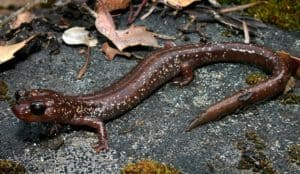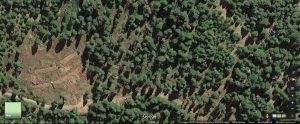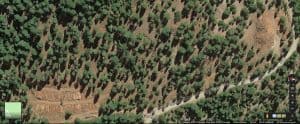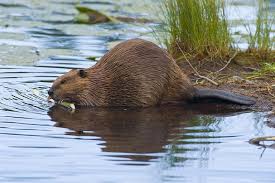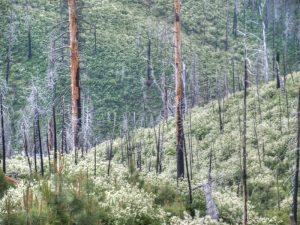Photo credit: How to survive a bear encounter (and what to do if it all goes wrong)
“Do not run. You’re acting just like prey.”
For a long time, the best available science has shown that the worst thing for grizzly bears is to mix them with people. That has led the Forest Service to restrict access and otherwise manage human activities in grizzly bear habitat. Now the Flathead has decided that it is more important to get people into grizzly bear habitat, and it is issuing special use permits for long-distance running races and mountain biking shuttles.
Here’s the forest supervisor’s rationale:
“There’s a broad public out there with needs to be served and not just the needs of the few,” Weber said. “We think that greater good for the greatest number will be served. That fosters connectivity with wildlands and a united group of people that can support conservation. And the best conservation for bears is served by figuring out how to have these human activities in ways that are as safe as they can be, understanding you can never make anything perfectly safe.”
Here’s the opposing argument:
“Weber has set up a straw man here, as though this debate is about ending mountain biking or trail running on public lands,” Hammer said. “What it’s about is educating the public to act responsibly if they choose to engage in those activities. It’s not about letting the public do these activities if that’s what their choice is. It’s about sending the wrong message through special-use permits for risky behavior and the government endorses it.”
“It increases risk that results in bad public attitudes toward bears and increases risk of injury or death to people and bears,” Hammer said. “That’s not conservation. People are free to ignore the advice, but they shouldn’t be getting a special-use permit from the Forest Service that allows them to make money running 200 or 300 people through bear habitat, and using that commercial promotion to imply that’s safe and appropriate activity in bear habitat when the experts, including the supervisor’s own staff, have said this is not responsible behavior.”
A key question here seems to be whether a special use permit is viewed as an “endorsement.” In any case, this is the kind of hard decision forest supervisors get paid the big bucks for. It’s unfortunate that this one misinterprets the opposition as being about “the needs of the few” (and also about “a narrowly focused, discriminatory and exclusionary agenda lacking in intellectual and philosophical integrity”). This is actually about his duty under the Endangered Species Act to “carry out programs for the conservation of” listed species like grizzly bears, which according to Congress are of great value “to the Nation and its people.” With his anti-bear bias, he is starting in the wrong place to make a well-reasoned decision.


